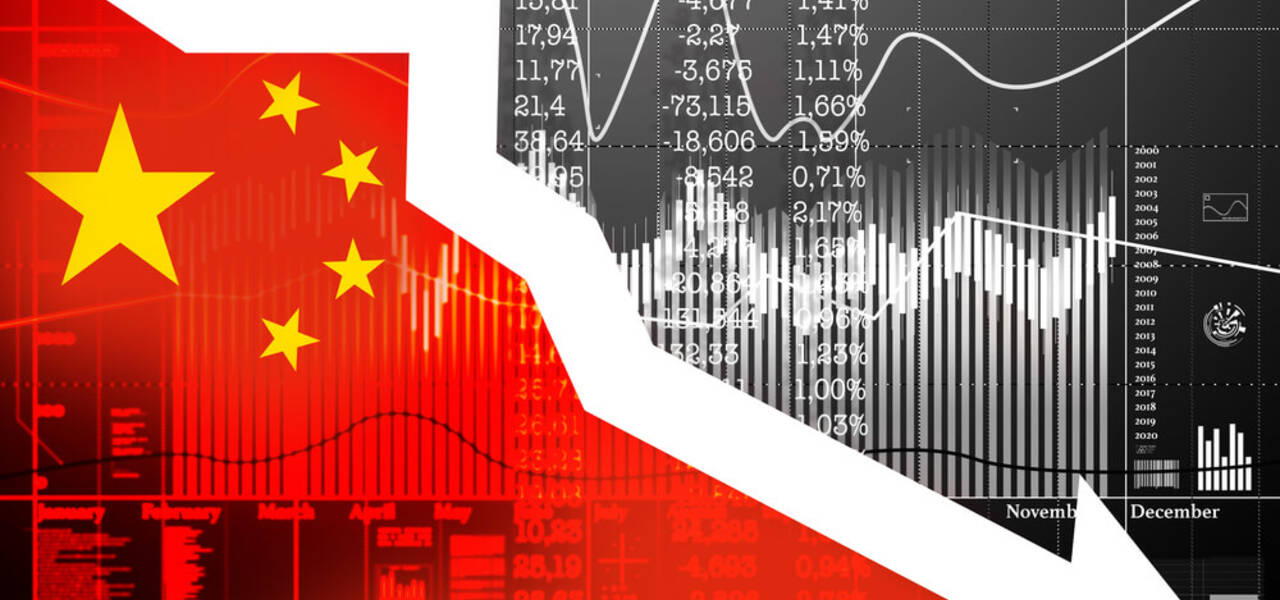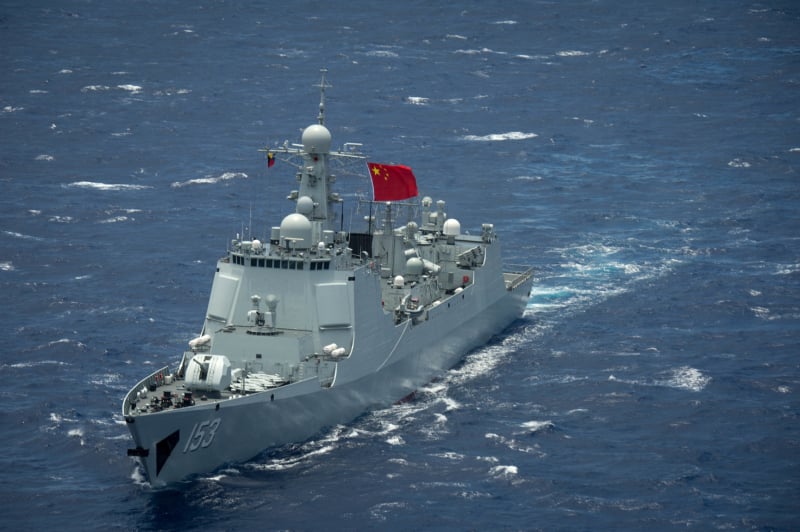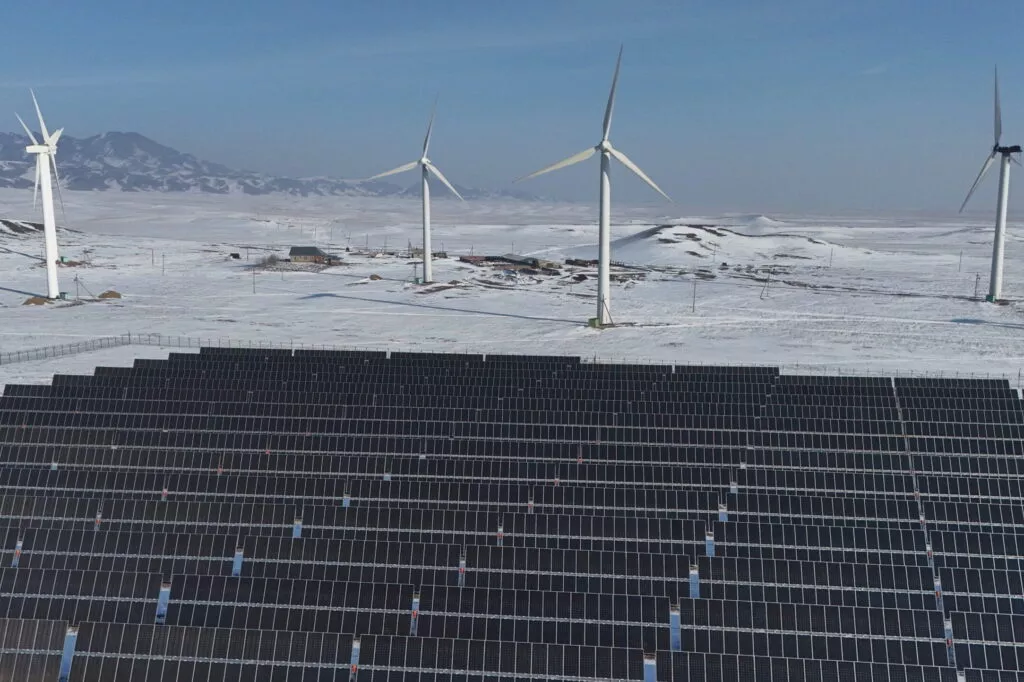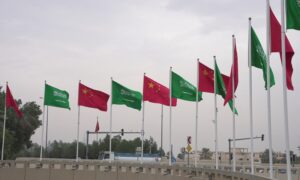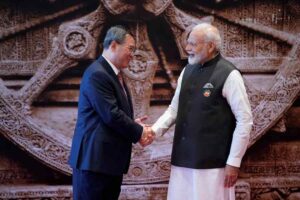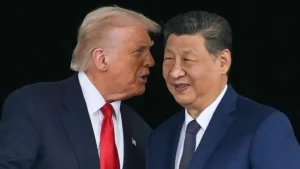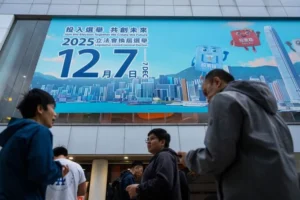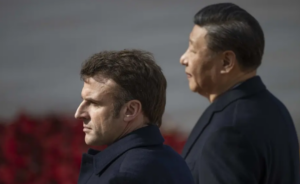China’s economic downturn continues
In spite of Beijing’s sincere endeavours to tackle China’s economic predicaments, the outcomes have been less than pleasing. The economic horizon looks rather bleak, with no noteworthy enhancements on the horizon. The real estate sector, a significant contributor to China’s economic distress, has been the target of Beijing’s latest economic stimulus initiatives. Yet, these strategies, encompassing interest rate reductions and augmented lending to prospective homeowners, have not brought about the desired results. The persistent downturn in property prices and tepid consumer expenditure only serve to aggravate the situation further. The marginal uptick in industrial production provides scant reason for cheer. The dwindling foreign investment in China introduces an additional element of worry to an already sombre economic scenario. Despite Beijing’s reassurances, the data implies that any substantial improvement is, at best, a remote possibility.
The economic future of China remains stagnant. It’s clear that Beijing’s authorities had anticipated or at least hoped that their recent stimulus initiatives would yield immediate results, particularly through a significant allocation of public funds to strengthen the housing market and address the ongoing property crisis in the country. While it’s possible that positive changes may surface eventually, the data and discussions in May indicate that there’s no cause for celebration just yet, and it might remain this way for an extended period.
The property sector is fundamentally intertwined with China’s economic difficulties and is the centrepiece of Beijing’s most recent stimulus strategies. The troubles originated with the collapse of major property developers in 2021. The authorities, in an unwise move, overlooked the sector’s problems until the end of last year. Once the slowdown began, Beijing initiated a plan aimed at alleviating the burden of surplus housing on property values and stimulating more interest in home ownership among households.
The People’s Bank of China (PBOC) has implemented interest rate reductions as part of this initiative, though their responsiveness has been somewhat lacking. Beijing has done away with the age-old minimum interest rates on mortgages and has set up special arrangements for Chinese banks to extend more loans to potential homeowners. In a striking move, the latest endeavour has leveraged central government credit to amass approximately 1 trillion yuan (around $140 billion) to partially purchase unoccupied properties.
Thus far, the real estate market has shown no signs of recovery. In the initial five months of this year, there was a 30.5 percent drop in home sales compared to the same timeframe last year. The prices of new homes have been on a consistent downward trend. As of May, the cost of residential properties in China’s major cities was 4.3 percent lower than in May 2023, marking a faster rate of decline from the 3.5 percent decrease observed in April.
The downward trend in real estate prices persists, and considering that the majority of Chinese citizens have their wealth invested in their homes, it’s not surprising that consumer expenditure is subdued. Retail sales in May showed a 3.7 percent increase compared to the same month last year, which is a more robust performance than the 2.3 percent rise seen in April. However, these figures still fall short of Beijing’s annual real growth target of 5 percent. Concurrently, private enterprises in China are showing a marked hesitancy to invest in growth, modernization, or recruitment.
Industrial production appears to be a silver lining, having increased by 5.6 percent in May compared to the same period last year. However, this development provides little cause for celebration or renewed hope. A significant portion of this increase can be attributed to Beijing’s efforts to foster new high-tech manufacturing capabilities. Yet, with production already surpassing domestic demand, it raises concerns about the potential markets for China’s enhanced factories. The United States and the European Union have imposed tariffs on Chinese-manufactured electric vehicles and have generally demonstrated a hostile stance towards Chinese trade. Even in this specific sector, there are indications of a deceleration. The growth in May was notably lower than the 6.7 percent increase observed in April.
Adding to the gloom of an already challenging economic scenario is the ongoing decrease in foreign investment into China. The country has traditionally relied on foreign investment to bolster its technological prowess and stimulate economic growth. However, in the first five months of this year, Beijing’s National Bureau of Statistics reported that foreign direct investment into China was around 412.5 billion yuan (approximately $568 million), a figure that is roughly 30 percent lower than the same period last year. Alarmingly, the recent data indicates a quicker rate of decline compared to the January-April period, marking the 12th successive month of falling direct foreign investment into China.
Undoubtedly, strategists in Beijing are assuring their higher-ups that the recently enacted policies to address the property crisis will yield results in due course. It’s likely that Xi Jinping and other leaders are eager to accept this assertion. This could indeed be the case. However, current data suggests that any significant aid is still a far-off prospect. In the meantime, the authorities are confronted with a disheartened public and business sector in China.
